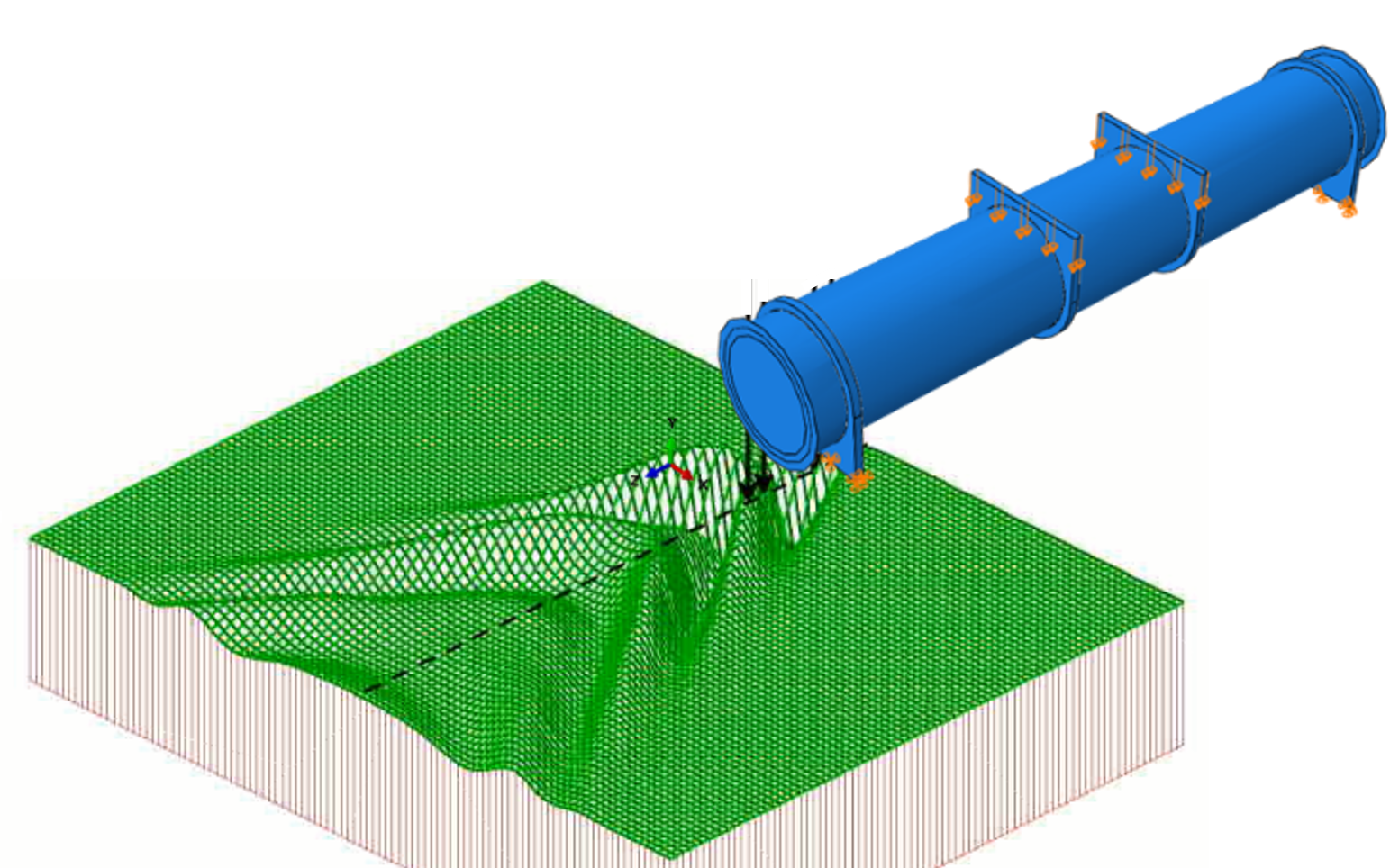Dynamics of Hyperloop infrastructure and soil-structure interaction
With a target speed of 1000 km/h, Hyperloop holds the promise of being a fast, clean and energy efficient mode of transportation. The speed is unprecedented for ground-borne transport; the magnetically suspended Hyperloop vehicle offers travelers the speed of an aircraft combined with the convenience of a train. It can carry time-sensitive goods as well, providing a sustainable alternative to airfreight.
Research focus
- Understanding and controlling the interaction between the vehicle and the surrounding environment (magnetic suspension, infrastructure, air), which is fundamental to the technical feasibility of Hyperloop. Three forces – the magnetic interaction force, the aeroelastic force and the reaction force delivered by the supporting infrastructure – act simultaneously and may destabilise the vehicle vibration through complex nonlinear interactions, which creates a multifaceted stability problem.
- Optimising the structural configuration of the tube sections and their inter-connections from the viewpoints of vibration amplification and dynamic buckling
- Suppressing the environmental vibration through smart measures such as acoustic black holes and nonlinear energy sinks. The environmental vibration induced by Hyperloop vehicles can be significant due to the vehicle speed being larger than the Rayleigh ground wave speed (for soft soil conditions), leading to so-called Mach cones at the ground surface.
- Experimental validation of models and measures is planned at the European Hyperloop Centre, a unique Hyperloop test facility in the Netherlands.
Industry partner
Hardt Hyperloop
Contact

